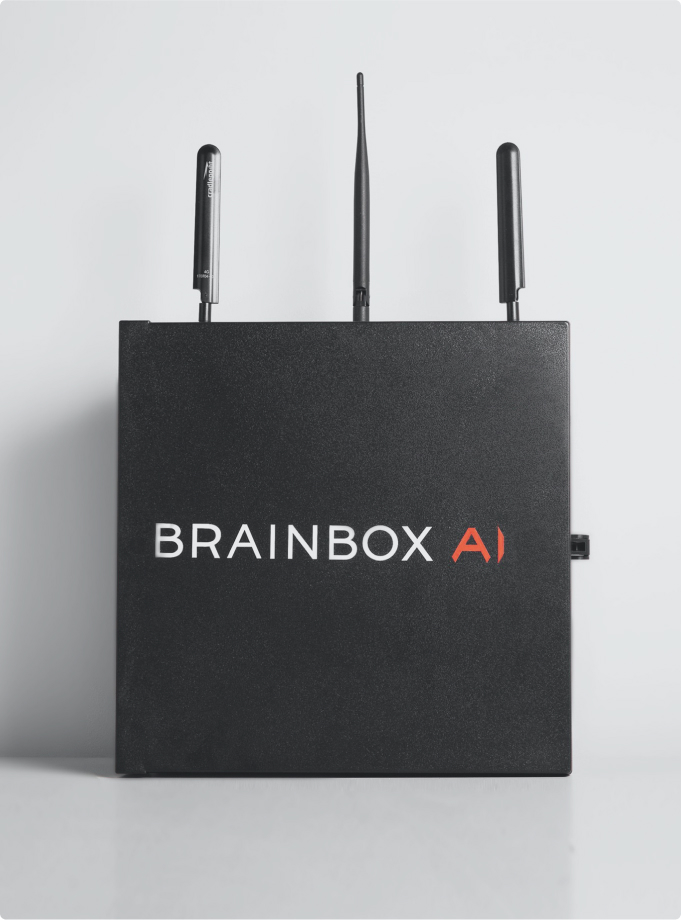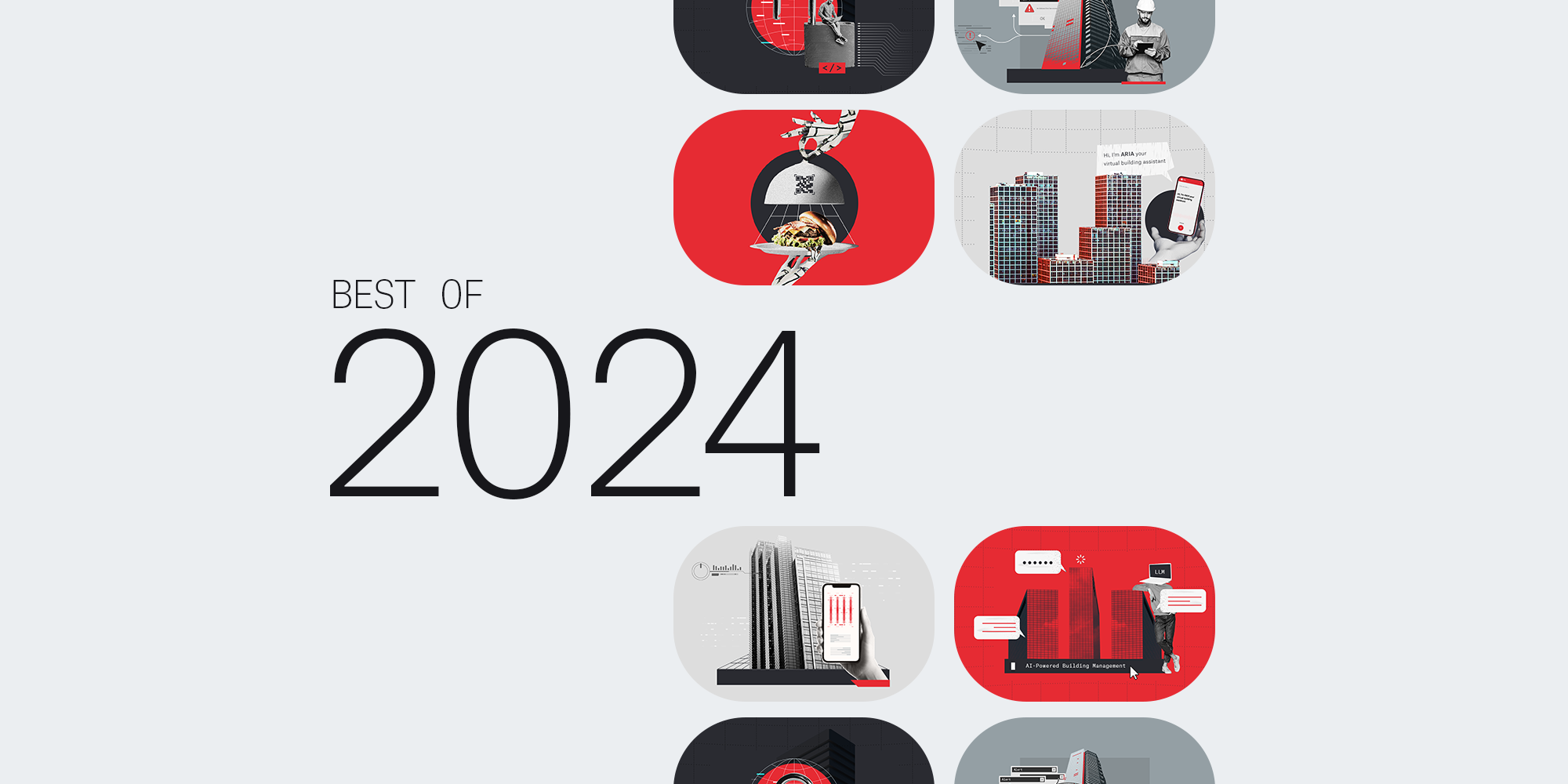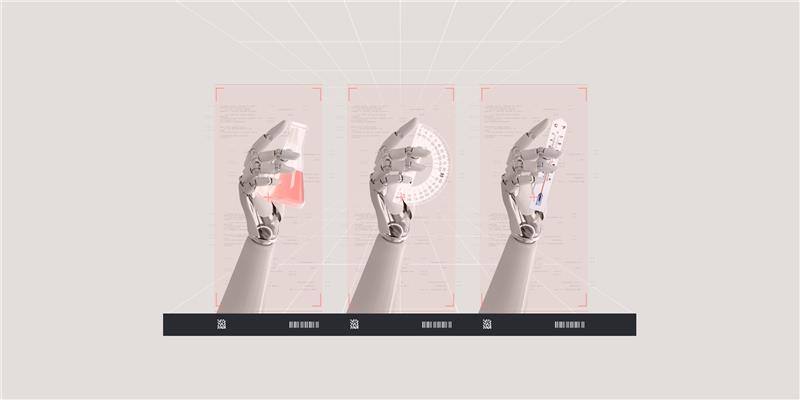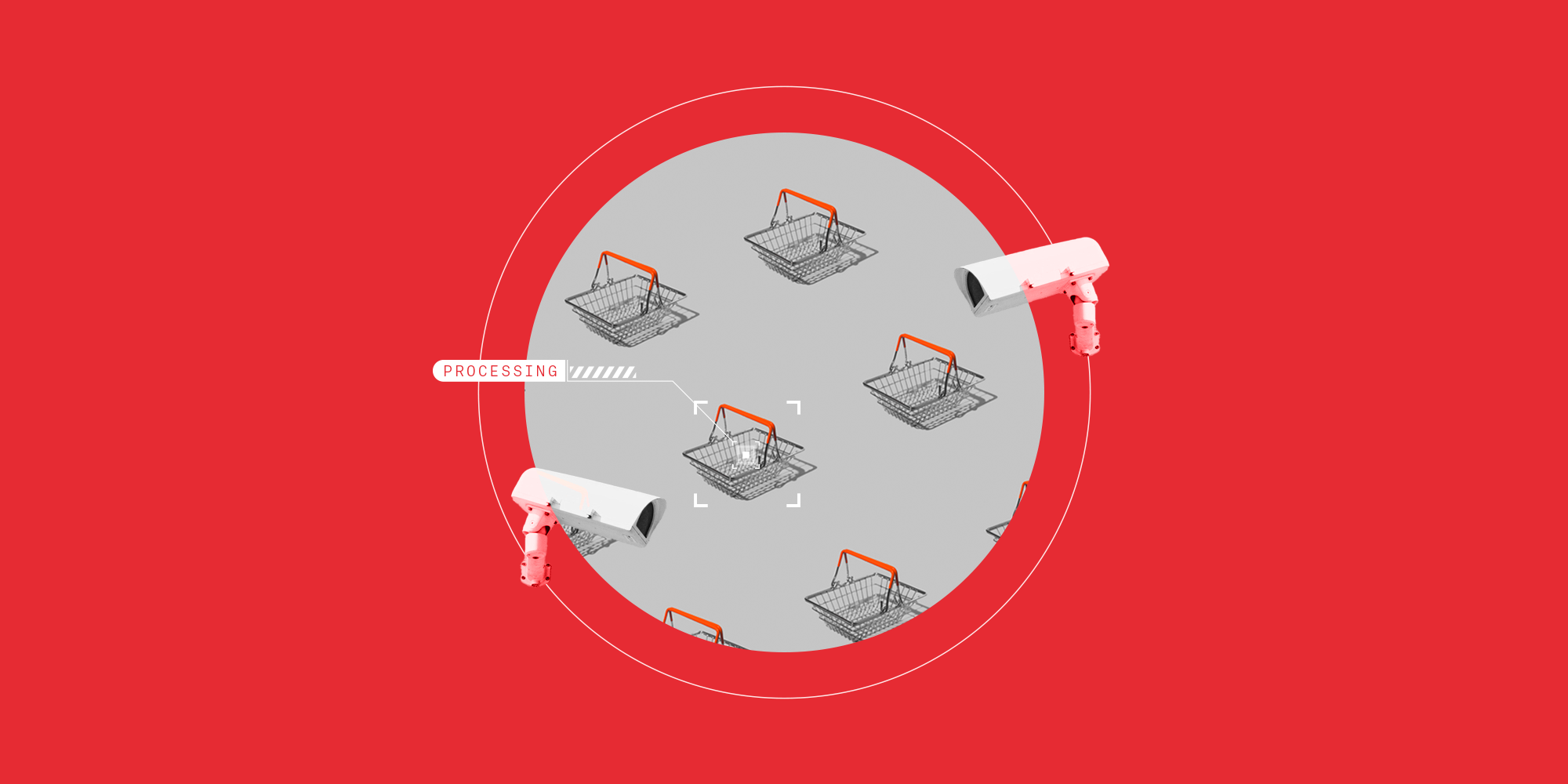10 ways to leverage AI in facilities management
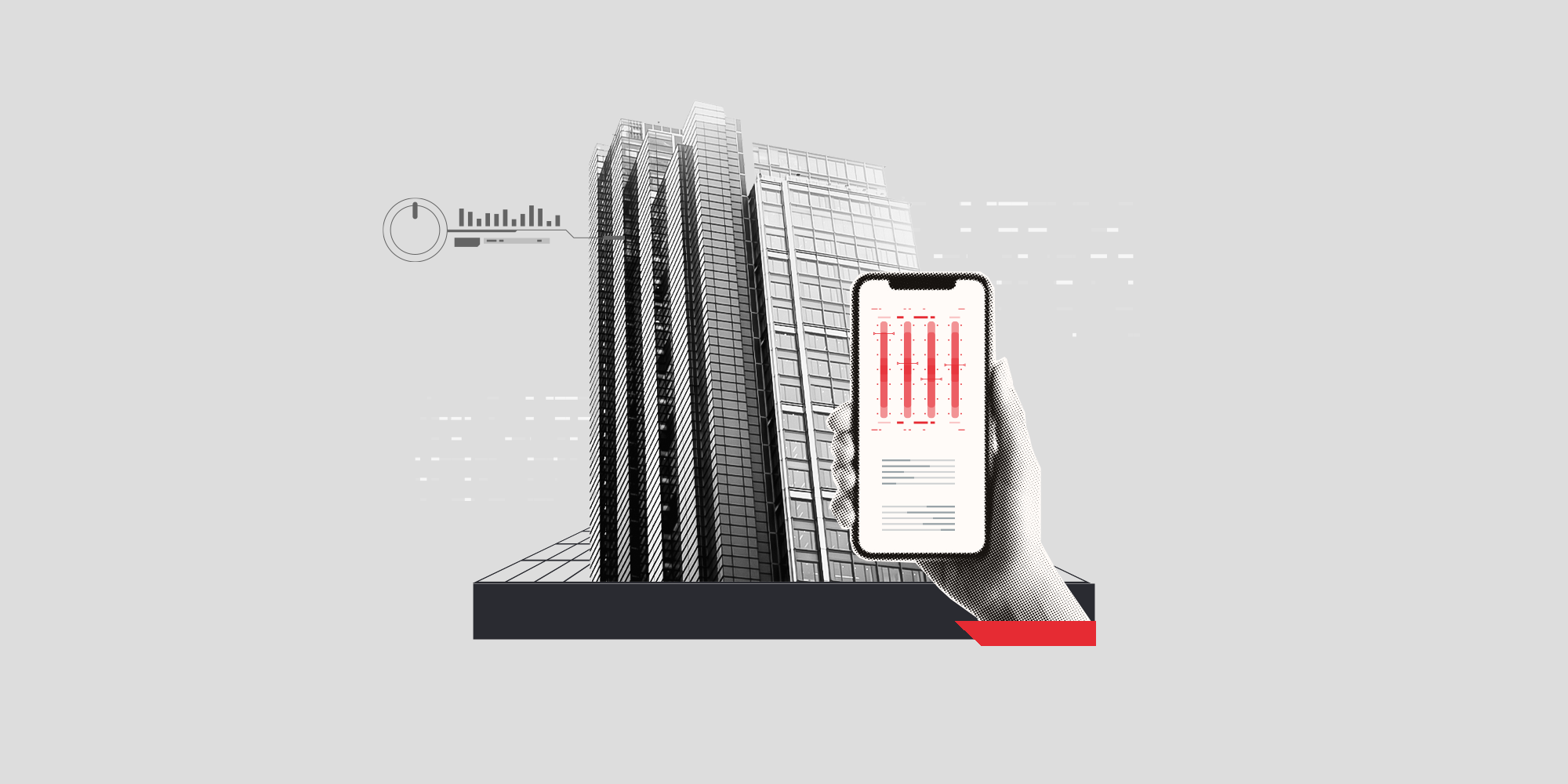
Key takeaways
• AI can optimize energy use, slashing costs and carbon footprints.
• AI-powered predictive maintenance can minimize equipment downtime.
• Intelligent space utilization can boost productivity and occupant satisfaction.
• AI can significantly minimize human oversights, ensuring optimal system performance.
• FMs are harnessing AI for quick, informed building operations decisions.
• GenAI democratizes data, engaging all stakeholders effectively.
• Tailored, adaptive AI solutions can responsed to unique facilities needs.
• GenAI can filter critical alerts, enhancing safety and eliminating human error.
Artificial intelligence (AI), particularly Generative AI (GenAI), is quickly and quietly revolutionizing facilities management. In this article, we explore 10 ways in which these technologies are making day-to-day facility operations smarter, more efficient, more responsive and a whole lot more sustainable.
1. Enhanced operational efficiency through automation
Many buildings already use AI-driven systems to automate climate control, lighting, and energy consumption. The rise of Generative AI (GenAI), however, has taken building operational efficiency to an entirely new level. With its ability to create text, imagery, audio and synthetic data from massive amounts of data and parameters, the capabilities of GenAI can dramatically enhance decision-making in facilities management by transforming complex building data into precise, easy-to-understand visualizations and recommendations. This technology can also automate routine tasks, prioritize work orders, and generate actionable insights, enabling managers to respond swiftly to emerging issues.
2. Optimized energy management for energy and cost reduction
The use of AI to streamline energy consumption is changing the facilities management game. That’s because it has the capacity to not just optimize energy use, but also significantly cut costs by dynamically adjusting to a building’s behavior, utility data, occupancy rates, and environmental conditions. The result is a smarter, more sustainable approach to energy management that helps align with global sustainability goals.
Fact: Using AI-based management systems can improve the energy efficiency of buildings by 30%.
3. Predictive maintenance to prevent downtime
AI has the ability to turn data into predictive alerts, minimizing maintenance costs and drastically decreasing downtime. But its advantages here don’t just stop at prediction; it’s also capable of prescribing accurate and pre-emptive maintenance actions, optimizing the lifecycle of building systems before issues arise. In short, AI allows building operators to take a proactive stance on maintenance, saving both time and resources.
Fact: According to findings from Deloitte, AI-enhanced predictive maintenance can lead to a 70% reduction in breakdowns and a 10-20% increase in equipment uptime.
4. Space optimization for productivity and efficiency
WeWork’s had a bad rap, but one thing it has done well is space optimization. The company uses AI to transform workspace utilization, tailoring layouts for enhanced productivity and satisfaction. Additionally, the adoption of this technology means that WeWork teams can plan a space that perfectly moulds to the needs of the members who occupy it. GenAI can take this concept even further by providing insights into optimal space utilization that adapts over time to user behavior and needs, ensuring workspaces are not just efficient but also dynamically suited to evolving work patterns.
5. Minimizing human error in operations
AI can save the day by significantly minimizing human error. One example of how it does this is through automated monitoring and control systems. You see, AI systems can continuously monitor building operations, including HVAC, lighting, and energy use, adjusting these systems in real-time to optimize performance. By automating these adjustments, AI reduces the potential for human oversight or errors that can lead to inefficiencies or system failures. For instance, AI can automatically lower heating in unoccupied spaces, something that can be easily overlooked by human operators.
GenAI can enhance this by assisting building managers and operators in making better decisions, providing them with comprehensive data analysis and recommendations on-demand. This reduces the likelihood of human error in decision-making processes, such as overestimating the capacity of a system or making inefficient scheduling decisions.
6. Data-driven decision-making with AI analytics
Today, AI is setting new standards for data-driven decision-making in facilities management, showcasing an unparalleled ability to rapidly digest and analyze vast amounts of historical and real-time data. GenAI, particularly when layered on top of more robust AI solutions, can quickly sift through and transform this data into digestible, actionable insights that drive operational efficiency, enabling managers to accurately optimize building operations on the fly.
Fact: Decision-making speed and accuracy improve dramatically with the application of AI.
7. Data democratization for stakeholder engagement
GenAI's role in making complex data accessible is also revolutionizing stakeholder engagement. By offering intuitive, detailed insights that cater to various expertise levels, GenAI can foster an inclusive decision-making environment. This approach ensures that all stakeholders can engage with and understand building performance metrics, promoting transparency and collaboration across the board.
8. Predictive building management for seamless operations
Traditional maintenance schedules are often either too frequent, causing unnecessary pauses in production, or too infrequent, resulting in unexpected breakdowns. Through predictive alerts and automated adjustments, AI solutions can ensure that facility management can maintain uninterrupted operations, effectively reducing downtime and preventing potential issues from becoming costly problems. This forward-thinking approach not only optimizes the performance of building systems but also ensures that facilities managers are always one step ahead of operational challenges.
9. Customized solutions and continuous adaptation
The hallmark of GenAI in facilities management is its ability to deliver bespoke, adaptive solutions that evolve in real-time. This dynamic learning and adaptation process, informed by continuous user interaction and environmental feedback, allows GenAI to offer tailored recommendations that align with the specific needs of each facility. This ushers in a new era of intelligent, self-improving building management systems, characterized by their capacity to enhance operational efficiency and seamlessly adapt to changing conditions.
Fact: The adaptability and personalization afforded by GenAI promise a significant enhancement in operational efficiency and occupancy satisfaction, setting a new standard for the future of facilities management.
10. Addressing Alarm Overload with GenAI
Alarm overload is a challenge for anyone in facilities management. The constant juggling of numerous alerts can lead to critical warnings being overlooked. GenAI can offer a solution to this by intelligently filtering and prioritizing alarms, ensuring that only the most pertinent issues reach facility managers. This not only mitigates the risk of alarm fatigue but also enhances the focus on genuine safety and operational efficiency concerns.
Fact: Leveraging GenAI for alarm management can significantly cut down on alarm overload, improving response times and operational decision-making.
Clearly, the integration of AI and GenAI into day-to-day building management marks a logical evolution towards smarter, more sustainable operations. These technologies are helping to streamline everything from maintenance to emissions reduction, marking a shift toward operational excellence that aligns with future expectations for efficiency and sustainability.
If you want to find out more about how generative AI can enhance your building operations, stay tuned – we have a brand-new product coming your way!


